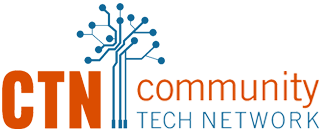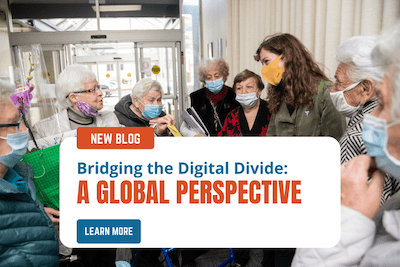Access to digital technology is no longer a mere luxury but a critical human right in the modern era. However, 2.7 billion people around the world are offline.
In this post, we explore some notable international efforts that have successfully addressed the digital divide, highlighting innovative strategies and initiatives that can inspire and inform our country’s own work.
South Korea’s Broadband Revolution
South Korea’s remarkable journey in bridging the digital divide serves as a compelling case study. With extensive investment in broadband infrastructure, such as through the Broadband Convergence Network, South Korea has achieved one of the highest internet penetration rates globally. The government’s commitment to providing affordable, high-speed internet access to all citizens, including those in rural areas, has played a pivotal role in fostering digital inclusion and transforming the nation into a global technology leader. South Korea also offered discounted internet plans through its Internet for All campaign, and has integrated digital literacy into the national curriculum. Going even further, the country embraced smart city technologies, further enhancing the overall digital ecosystem.
Estonia’s Digital Transformation into a Digital Society
Estonia has become synonymous with digital innovation. The country’s pioneering efforts in establishing a digital society have resulted in significant progress in bridging the digital divide. For example, the country’s e-governance initiatives have streamlined public services, enabling citizens to conveniently access essential government services online. Estonians can access all their health and education records in one place online and can even vote online in national elections with their security digital identity. However, in order for residents to access these services, Estonia had to largely eradicate the digital divide through major investments in internet infrastructure and digital literacy programming.
India’s Mobile Revolution
Although smartphone usage is not enough to bridge the digital divide, India’s mobile revolution has led to a remarkable increase in internet usage across the country. As part of the Digital India program, the government collaborated with device manufacturers and telecom operators in order to offer low-cost smartphones and subsidized data plans. To enhance digital infrastructure, India also implemented the National Optical Fiber Network project (now known as BharatNet). This initiative focuses on building a robust broadband network, connecting rural areas and providing last-mile connectivity. Additionally, Skill India supported digital literacy work across the country.
Uruguay’s One Laptop per Child
Uruguay’s One Laptop per Child (OLPC) initiative received international recognition for its commitment to providing equitable access to technology and education. As part of this program, Uruguay ensured that all public schools have internet access and that every student has their own notebook computer. Despite facing challenges in integrating the laptops into the curriculum and providing comprehensive teacher training, the OLPC initiative in Uruguay has achieved significant milestones, such as increased digital literacy and access for students.
While this international review has highlighted some remarkable initiatives undertaken by countries around the world to promote digital equity, it is crucial to recognize that the digital divide remains a complex and ongoing challenge. Addressing it requires sustained efforts, continued investment in infrastructure and education, and a focus on empowering marginalized populations. There is still much work to be done, but we are hopeful for the future.


Comments are closed.